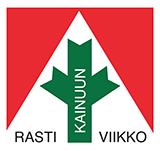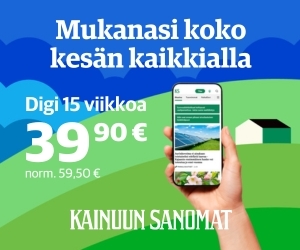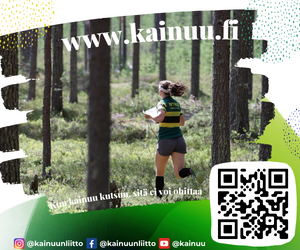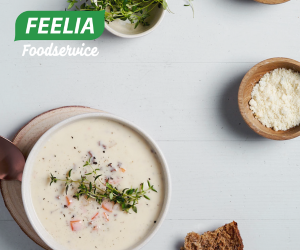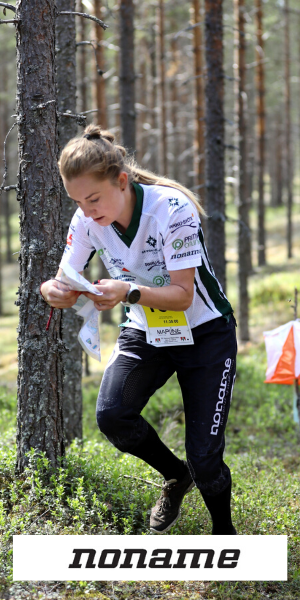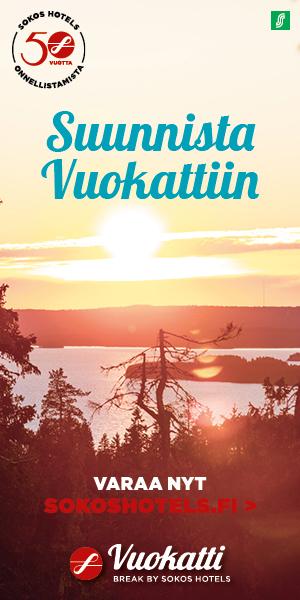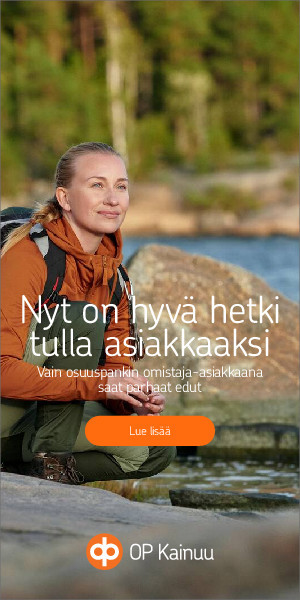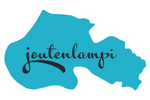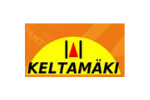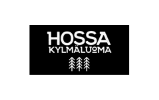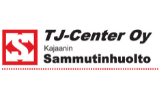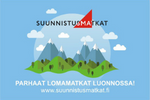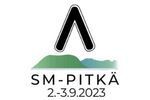The love of the homeland brings Hannu Juutinen again and again to the Kainuu Orienteering Week
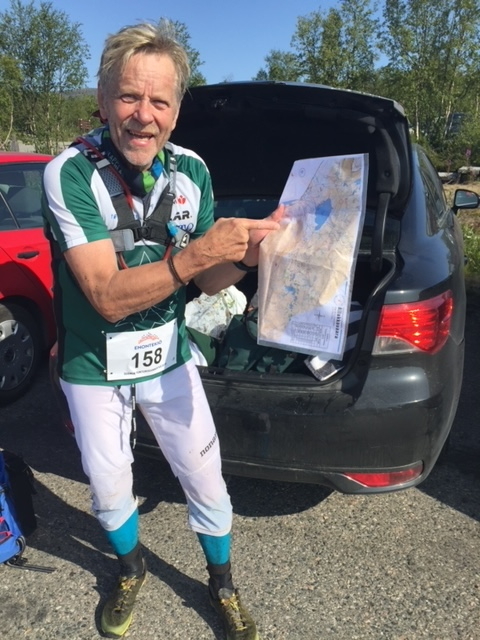
Photo: Hannu Juutinen
Hannu Juutinen, who is orienteering in the 75-year-old series, has participated in Kainuu Orienteering Week more than 50 times.
For him, active training is a way of life, and brotherly togetherness is the driving force behind the hobby of orienteering.
Energetic Hannu Juutinen can't stand still. Passion for movement makes him play sports in a variety of ways. The little troubles along the way have only been a little slowdown. If necessary, you can maintain your fitness with the help of applied exercises. After the orienteering week in Portugal this February, Hannu is heading to Pyhätunturi, where he will continue to improve his fitness for the summer by cross-country skiing.
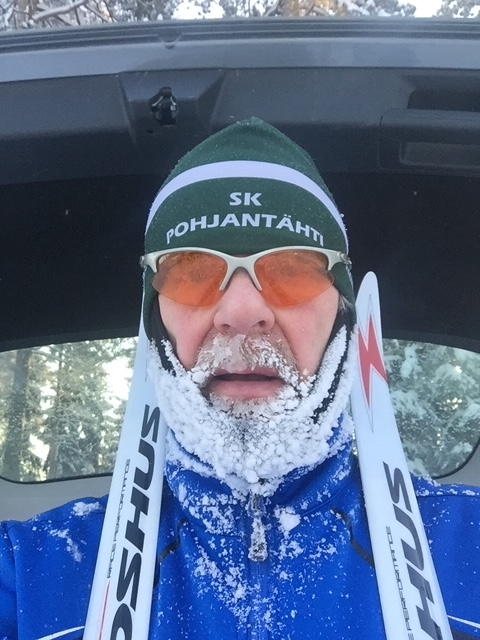
Photo: Hannu Juutinen
Hannu Juutinen's interest in orienteering was ignited in the 1950s in the elementary school under a teacher who was enthusiastic about the sport, Raimo Nieminen.
- Teacher even took us to his own cabin to practice night orienteering with flashlights.
Hannu’s mother Hilkka took care of the condition of the equipment and father Eemeli encouraged his son to play sports: "Isn't it Hannu, that you'll be doing sports for the rest of your life", father said.
In the 1950s, orienteering was a rising sport in Kajaani. This was partly influenced by the soldiers who served in the Kainuu Border Guard and the Kainuu Brigade, whose range of sports included the hobby. Men who had participated in the war were enthusiastic about orienteering. According to Hannu Juutinen's story, the austere guys could smoke a cigarette in their beaks and say "Isn't it time for the boys to go out and have some fun." Most of the soldiers were rangers, and thus precise orienteering came naturally.
The preservation of young people's enthusiasm for the hobby needed enthusiasts and leaders. Toivo Kilponen and other orienteers from Kajaani, such as Heikki Flöjt, transported young people to various orienteering exercises in Kajaani and to national competitions in Oulu. There were few competitions at that time. Hannu's strength was his good running condition. Along with that, orienteering skills developed.
At first, orienteering was done on a white map. An aluminum marching compass was used. Letters and numbers were memorized from the control points. In relays the bricks were used as a punching of the control point. The results service worked when the score cards were hung on a line with clothespins. With Kyösti Jäppinen, Hannu also went to Sweden to get known with color charts. The terrains of both Boden and Luleå became familiar.
Hannu's competitive career continued to be active until his teenage years and he completed his military service in the Kainuu Brigade in the intelligence company of the Sport Forces. At that time, his main sport was cross-country skiing. The military career was also starting to take off after the summer break, but Hannu ended up studying to become a class teacher. He had a successful career as a special education teacher and headmaster in a school home. After studying and starting a family, sports enthusiasm got a new spark, first in the club of Oulu Suunnistajat and later in the newly founded club of the SK Pohjantähti.
Hannu Juutinen has seen the life cycle of Kainuu Orienteering Week since its birth in 1966. He considers the contribution of Kalevi Kerkelä, the former editor-in-chief of Kainuun Sanomat, to be significant at the start of event. In Kainuu, the miners and engineers, in addition to the soldiers, were enthusiastic about orienteering.
Hannu's best Kainuu O Week memories are from Kuhmo's Saunajärvi in 2002. He remembered the uniqueness of the competition terrain in the middle of nowhere. In the area, traces of history could still be found in the form of old war material. The great landscapes of Puolanka and the surroundings of Kajaani’s Joutenlampi have also been remembered as favorite orienteering terrains. Hannu Juutinen gives thanks to the cartographer Pasi Jokelainen and his excellent orienteering maps.
People want to come orienteering in Kainuu because of these excellent maps all the way from southern Finland, says Juutinen.
- I especially like height differences, pine forest terrains and other well-grounded orienteering terrains. Rocky terrains are not on my mind. If there is not so much to read on the map, orienteering performance is not intellectually challenging for me.
In Hannu's opinion, it is the intellectual effort during orienteering that maintains the ability to the sport. The thought flows more smoothly and he feels that he stays in time better.
What would the hobby of orienteering be without the aftergames? Hannu's "orienteering gang" has created (almost) a learning portal for post-competition reflections. In the post-game, route gadgets are used. Friends ask questions about route choices and brainstorm better route options. Hannu feels that this kind of brainstorming together is the best orienteering technique training. If the entire “orienteering gang” is not participating in the competition, a picture of the map can be sent by phone so that everyone can participate in the post games. Together with his orienteering friends, Hannu has traveled in orienteering events in different parts of the world, except for Oceania.
For next summer's Kainuu Orienteering Week in Kuhmo and Jämäsvaara, Hannu is expecting almost all the top orienteers of his age group. He hopes to finish in the top 10. The plans for the rest days include participating in open sprint orienteering events and other side events. This year, the Fin5 Orienteering Week and the Tunturisuunnistus will be missed, but the sights are set on the World Masters Orienteering Championships in Slovakia in August. Hannu Juutinen concludes that, as a passionate trainee, he sometimes forgets to rest, but luckily his current doctor spouse is holding him back to a more sensible approach.
Text by Minna Karjalainen
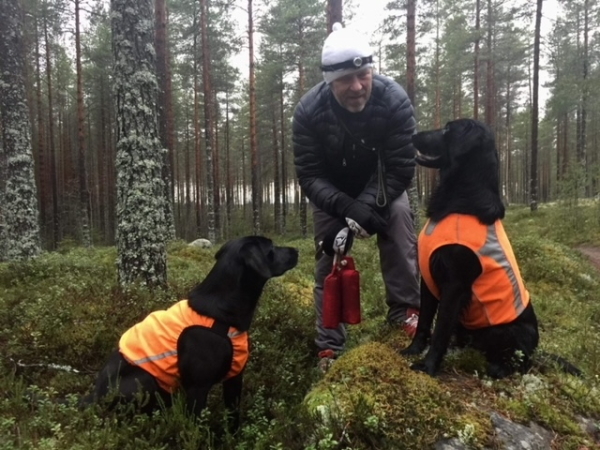
Hannu's diverse hobbies are often related in nature (photo: Hannu Juutinen)
